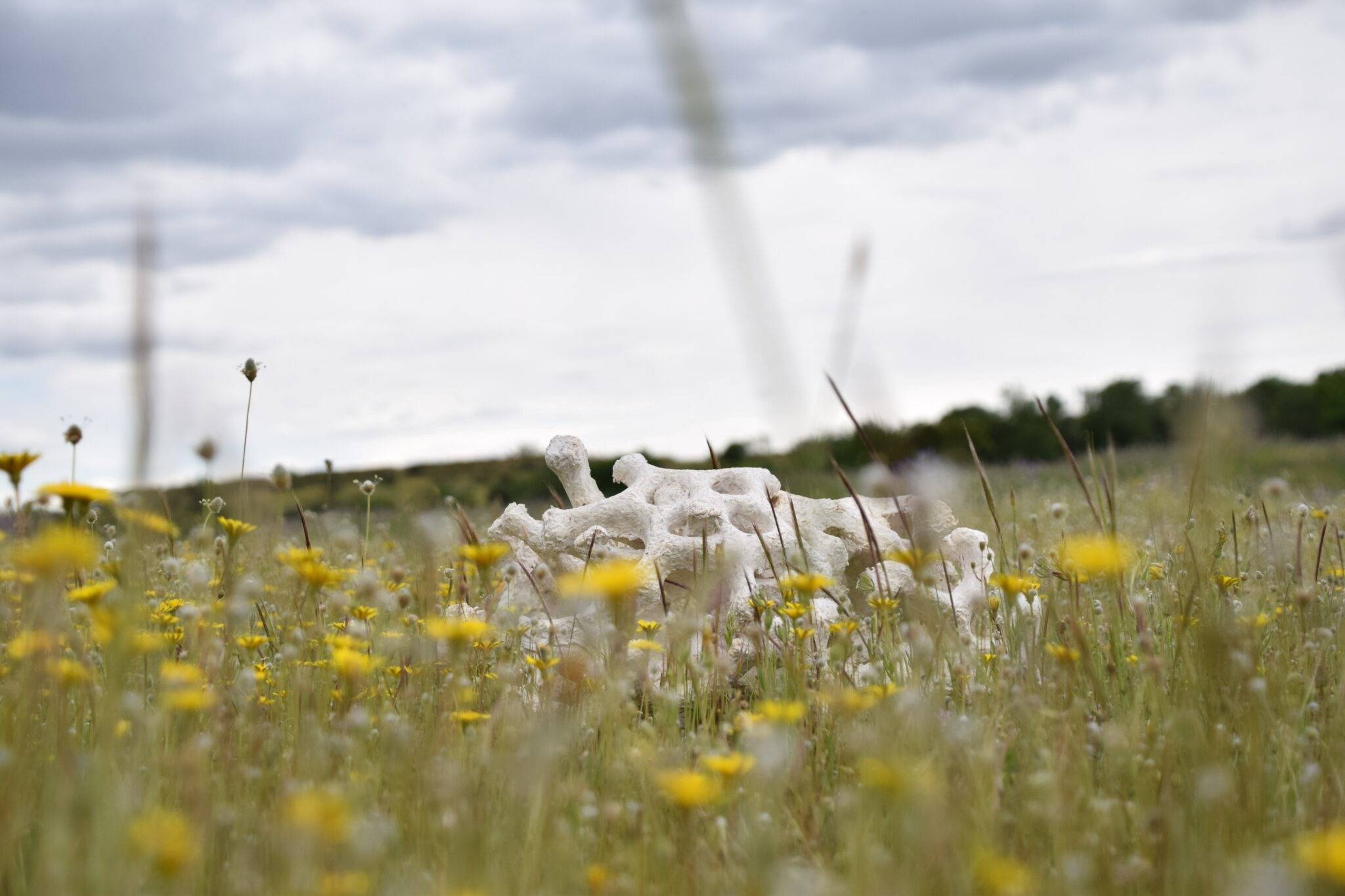
ERRATUM:
Myco-Design for the society / Myco-Design
project information
Project title: ERRATUM. Microdesign for society
Code: INC-UDIT-2024-PRO16
Research group: DESIRe (Regenerative Integral Design)
About the project
The project promotes new ways of interacting with mycomaterials, material made from fungi and agro-industrial waste.
We present Ma-ka, an ancient mycelium lamp that was once alive and whose functional cycle ended. We look for its new cycle as a mutualistic sculpture that could harbour life in it again. Buried in the gardens of UDIT it begins its second period of mortality: material decomposition in interaction with life.
Exposed outside, buried in its soil, what are the connotations for the rest of the non-human and human animals? What life does it bring to the rest of life?
ERRATUM
What is the relevance of our existence if we only destroy, if we only demonstrate speciesist selfishness?
How can we learn from those mutualistic beings who accept the idea of living also for others? Are they a better representation of life, of cycles, of sustainability?
For the last one, industry has taken them over: not to give them more voice, but to show solutions to the demands of their needs. The idea of life becomes anthropocentric, again, thus detaching identities and personalities from their living subjects .
So how do we escape from subjectivism, are we capable of looking at nature from a different perspective, of giving them a voice again and representing them in their life and interaction with the ecosystem?
From the DESIRe research group, we find the careful geometry of design and the perversion and critique of art as ameans to reconnect with them .
In the research project ERRATUM: Micodesign for society, we are looking for new ways of interaction with micomaterials (biocomposites based on the growth of mycelium, the vegetative part of fungi). We enter into Metamodernity to de-hierarchise our anthropocentric vision.
We present a mycelium sculpture, Ma-ka, which was once alive. It enters a stage of reincarnation, to begin its second period of mortality: material decomposition in interaction with life after its functional cycle as a luminary.
Exposed outside, buried in its soil, what are the connotations for the rest of the non-human and human animals?
Because we, designers by profession, are capable of representing life, habitability, and enveloping the reluctant in it. However, we ask ourselves if in their new aesthetic and external presentation, they will still be able to harbour more life inside .
And they ask us: Will we become who we want to be up there? Who will eat us first? Are we the ones who must adapt?
We bury and hang up our collaborative inventions, to learn what may become beyond inert use. We need to continue to admire and learn from its dynamic and emergent context. We leave here a being in its final period that will periodically be imaged to narrate its evolution in decay and immerse us in its landscape of life, growth and regeneration.
